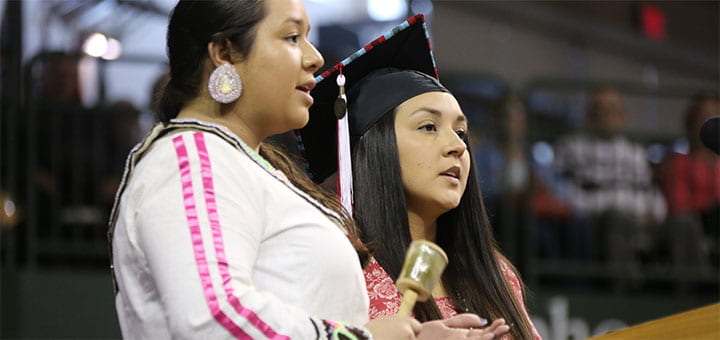Category: Inclusion
-

Celebrate the Rich Culture of Native Americans
By
|
November is Native American Heritage Month! The observation was established to celebrate the culture, history and contributions of First Nations people. As you honor the day, recognize that First Nations lived on this land long before Europeans and others arrived with a long relationship and strong connection to this land. At UW-Green Bay, we are…
-

Why is DEI so Important?
By
|
George Floyd was murdered on May 25, 2020. It’s a date to be acknowledged and remembered for many years to come. Since that day, words like “diversity,” “equity” and “inclusion” have been swirling in our social consciousness, known collectively as DEI. But why exactly is DEI important? For individuals and for organizations? Because Future Workforce…
-

Inclusion
By
|
What Does It Look Like? It is not enough to diligently and proactively hire a diverse workforce. Successful organizations ensure that they are also creating inclusive environments in which all employees feel valued, welcome, integrated and not isolated. If not, experienced talent recruiters report, new hires will self-eject from the work situation in three months…
-

What’s in a Word?
By
|
Diversity “Diversity” is a trending cultural keyword on browsers like Google, Bing and Yahoo, and the top-ranked search results relate to meaning. What is the definition of diversity? Merriam-Webster has this to say about diversity: 1: the condition of having or being composed of differing elements : VARIETY especially : the inclusion of different types of…

